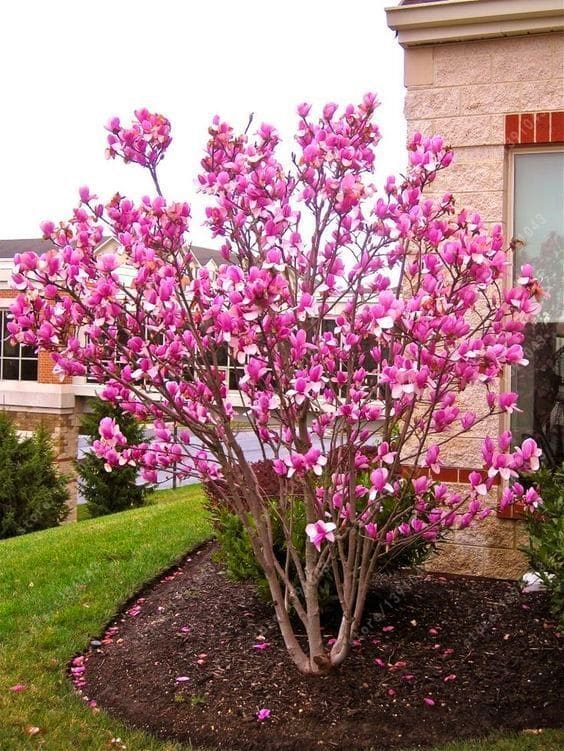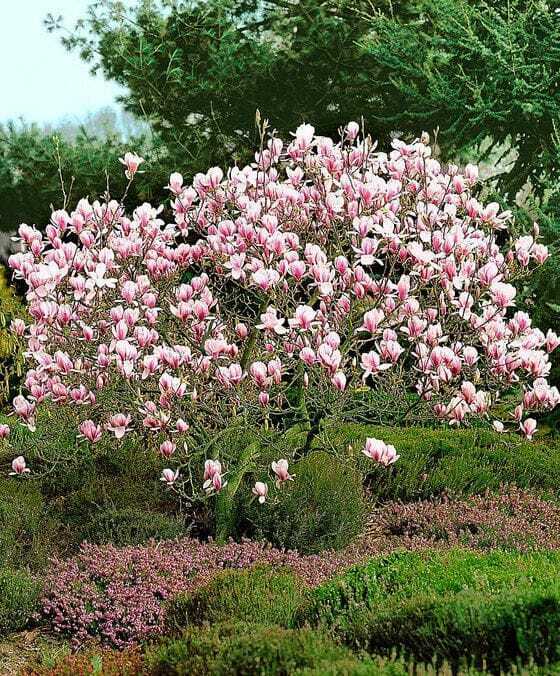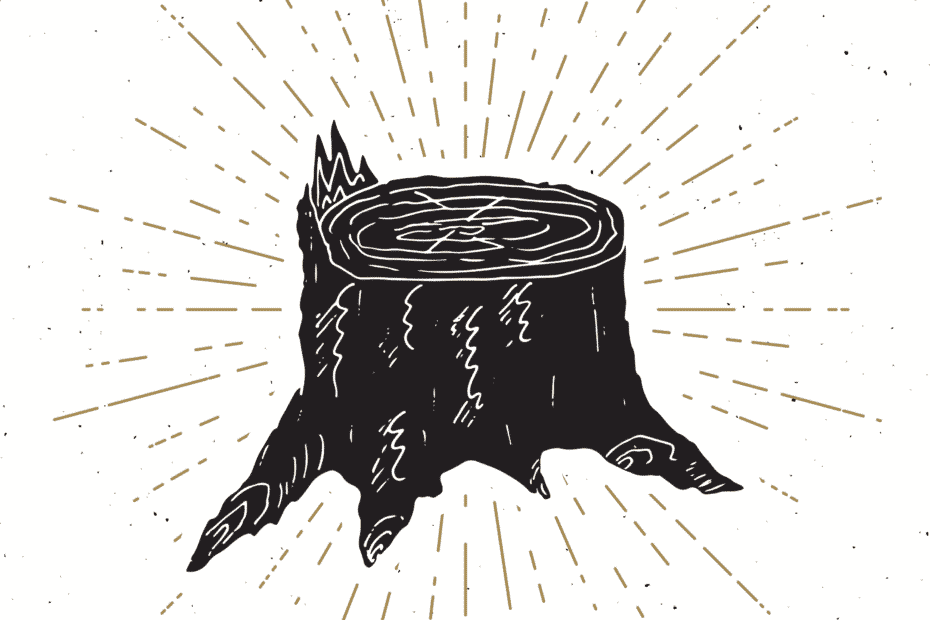
A wonderfully fragrant and lovely choice for a spring bloomer is the Magnolia Susan. Just one of the “girls” in the hybridized Girl Series of magnolias, Susan is sure to please any homeowner that is looking for a showy start to the spring season.
The United States National Arboretum is responsible for the creation of the Susan, which resulted from a cross of the Magnolia stellata called Rosea and the Magnolia Teleflora called Nigra. Eight hybrids in all were created through three controlled pollination series between 1955 and 1956, and are known as “The Girl Magnolias”. Included in this series are Susan, Ann, Betty, Jane, Judy, Pinkie, Randy, and Ricki; all have proven to become very popular among home gardeners.

Characteristics Of The Magnolia Susan
The hybrid known as Susan can be grown as a large shrub or small tree, with maximum height possibly reaching as much as 10 feet. Homeowners within the USDA zones 5 to 8 can enjoy the beauty of the spring blossoms that appear a few weeks later than the star or saucer varieties of magnolia. Susan exhibits dark purple buds that open into deep cerise/pink, cup-shaped blossoms of five single petals. The spring air is heavy with the perfume of these showy flowers from April through May, adding to the universal appeal of this magnificent slow-growing shrub.
Branches and the stem of the shrub are oddly unremarkable, considering the intense fragrance and beauty that the blossoms themselves exhibit. Multi-stemmed, the branches have a silvery grayish bark which can be considered to be of winter interest. Large green deciduous leaves that have a slightly leathery texture cover the branches throughout spring and summer, changing to a yellowish-green in the autumn.
Magnolia Susan is not self-sowing; it can be easily propagated using semi-hardwood cuttings or simply by purchasing a starter shrub in the nursery.
Growing Tips
As most magnolias, the hybrid known as Susan does best in acidic to slightly acidic soil. It does well in clay or loam type soils, making it an easy plant to grow. The shrub requires at least partial sun, but full sun conditions offer optimal results. Choose the planting site wisely, as Susan does not like to be disturbed once it has become established. The soil should also have good drainage to avoid the roots sitting in water. Wind can be an enemy for this shrub; it should be located in at least a partly sheltered area that is not fully exposed to winds.
To plant the shrub, dig a hole larger than the root ball of the starter plant. For neutral soil, add peat moss to the hole to allow for the acidity the shrub requires. If desired, an acid-based fertilizer can be added. Tamp in soil around the root ball and water well. Continue to water the plant as needed.
Because the shrub is slow-growing and has a neat, upright growth habit, it poses little threat to any companion plants. Other plants that do well around magnolias are begonias, hydrangeas, and hostas. Since it is slow-growing, Susan is an ideal plant for either small or large gardens.
Care And Maintenance
In acidic soils, Magnolia Susan tends to develop chlorosis, a condition most often caused by an iron or magnesium deficiency and resulting in yellowing of leaves. To treat this, a product such as iron sulfate can be dissolved in water and applied to a composted material. This treated material can be integrated into the soil or mulched over the plant’s roots to balance the deficiency and heal the plant.
When flowering has finished (usually by the beginning of June), it is usually a good idea to lightly prune the shrub to ensure a well-rounded plant and good flowering in the next season. Deadheading the spent blossoms is not necessary, but if done while the shrub is young it will encourage more plant growth by discouraging seed production. As petals from the Magnolia Susan drop, they should be swept up and removed so as not to invite pests or possible disease.
There are no real threats of insects attacking the Susan; however, the Magnolia scale is a possibility. If an infestation occurs, the scale should be removed by scraping the leaves or by spraying with an insecticide.

Cautions
Though lovely and aromatic, homeowners with children and pets need to realize that the Magnolia Susan also has significant drawbacks. First and foremost is the fact that all parts of this plant are poisonous if they are ingested, including leaves and seeds. The plant has spiny outgrowths that can be dangerous; cuts or scratches will occur if extreme caution while handling the plant is not exercised. In addition, skin irritations have been known to occur in people who have allergic reactions to the magnolia. Pollen can also be an issue for these individuals.
Any gardener in USDA zones 5-8 who seeks a showy display of lovely blossoms, as well as the fragrance they emit, cannot go wrong with Magnolia Susan. One of the eight lassies in The Girl Magnolia hybrids, Susan is sure to please with her striking and vibrant mid-spring blossoms.

No comments:
Post a Comment